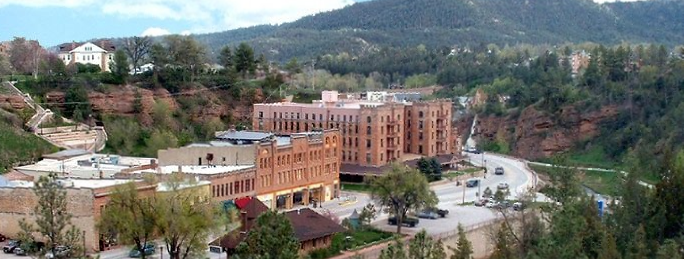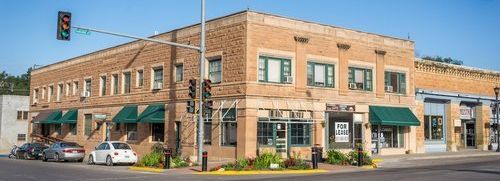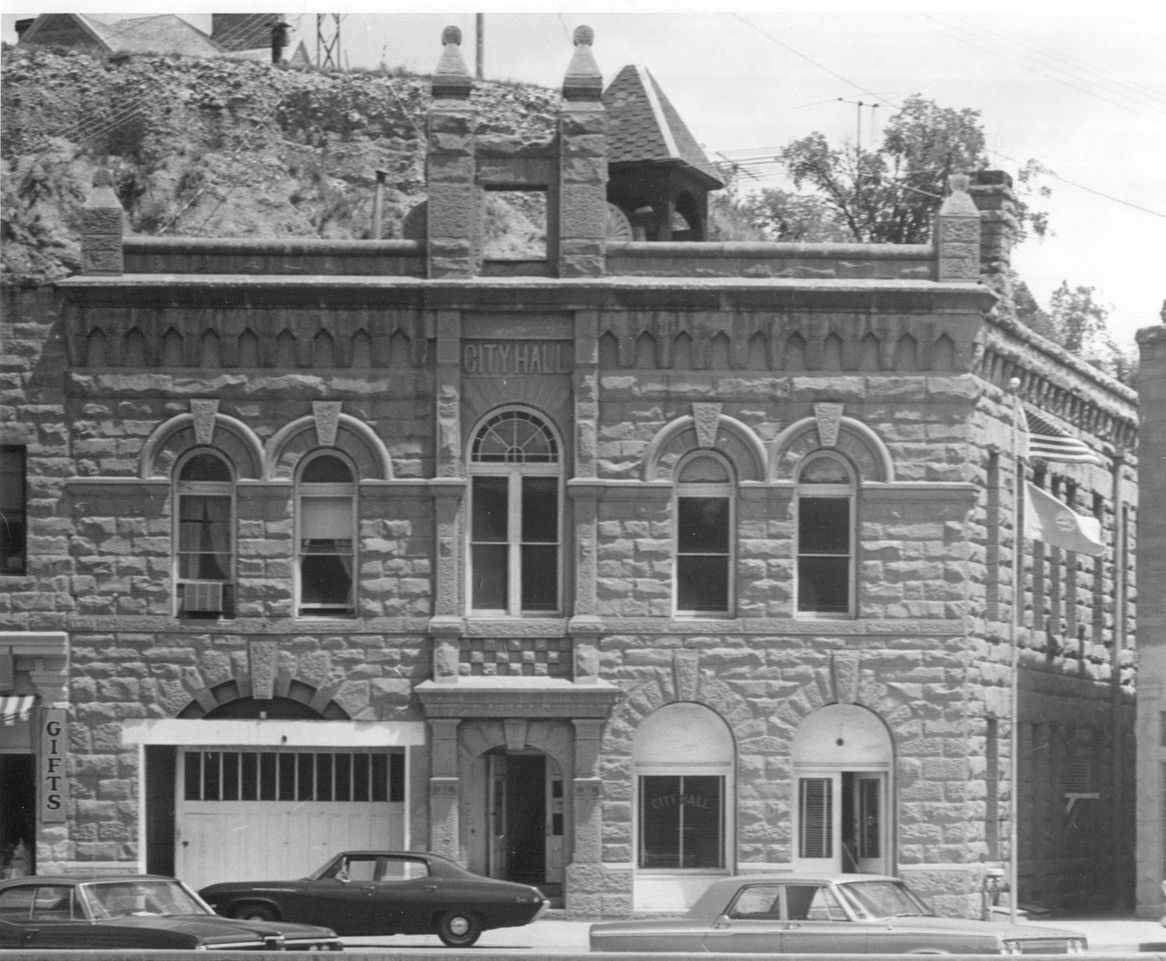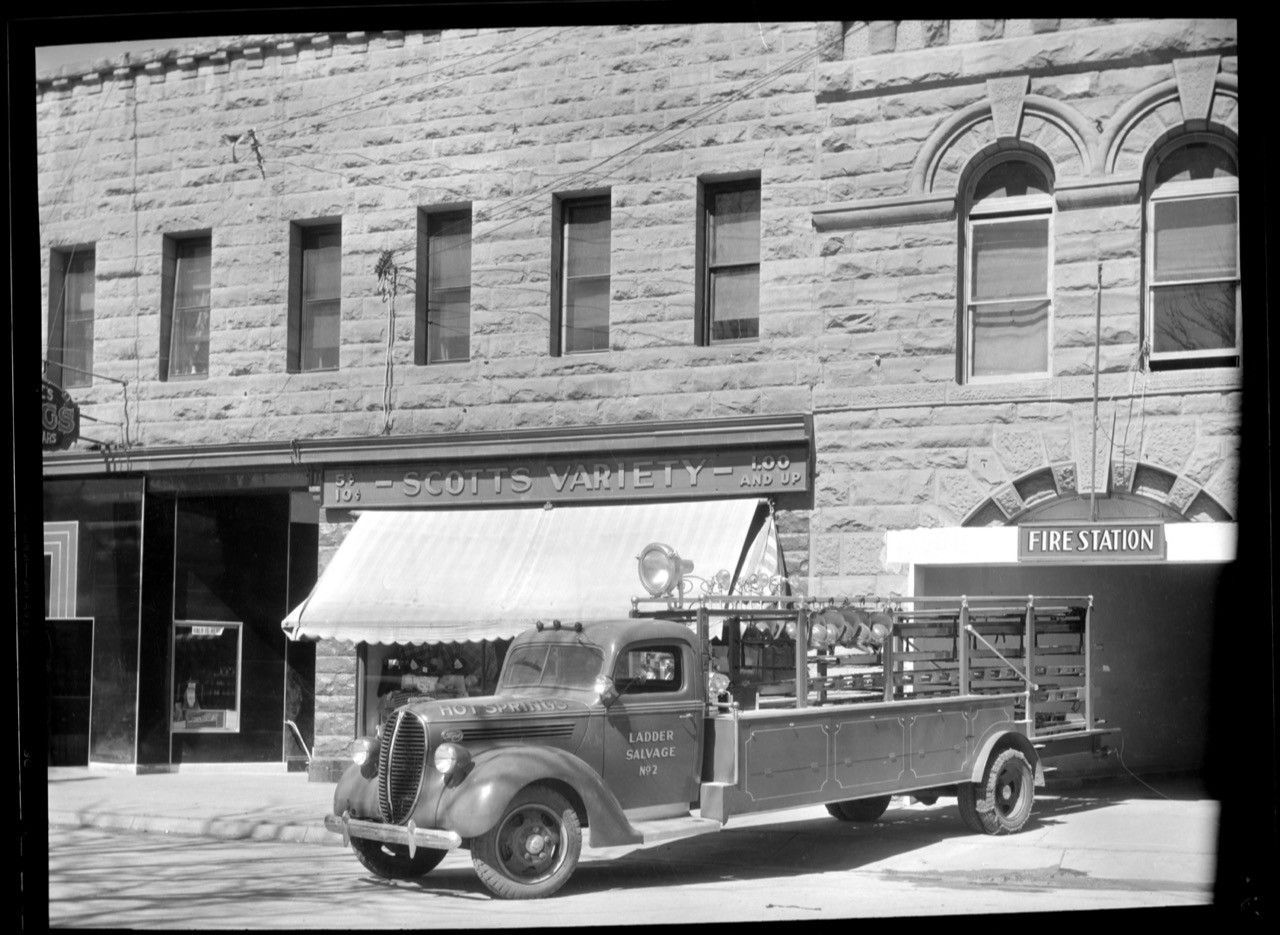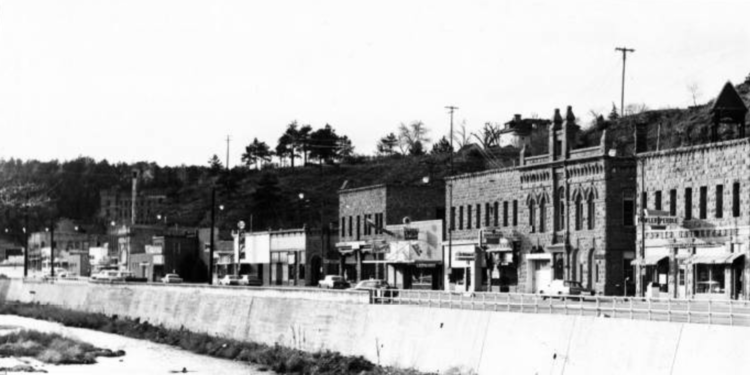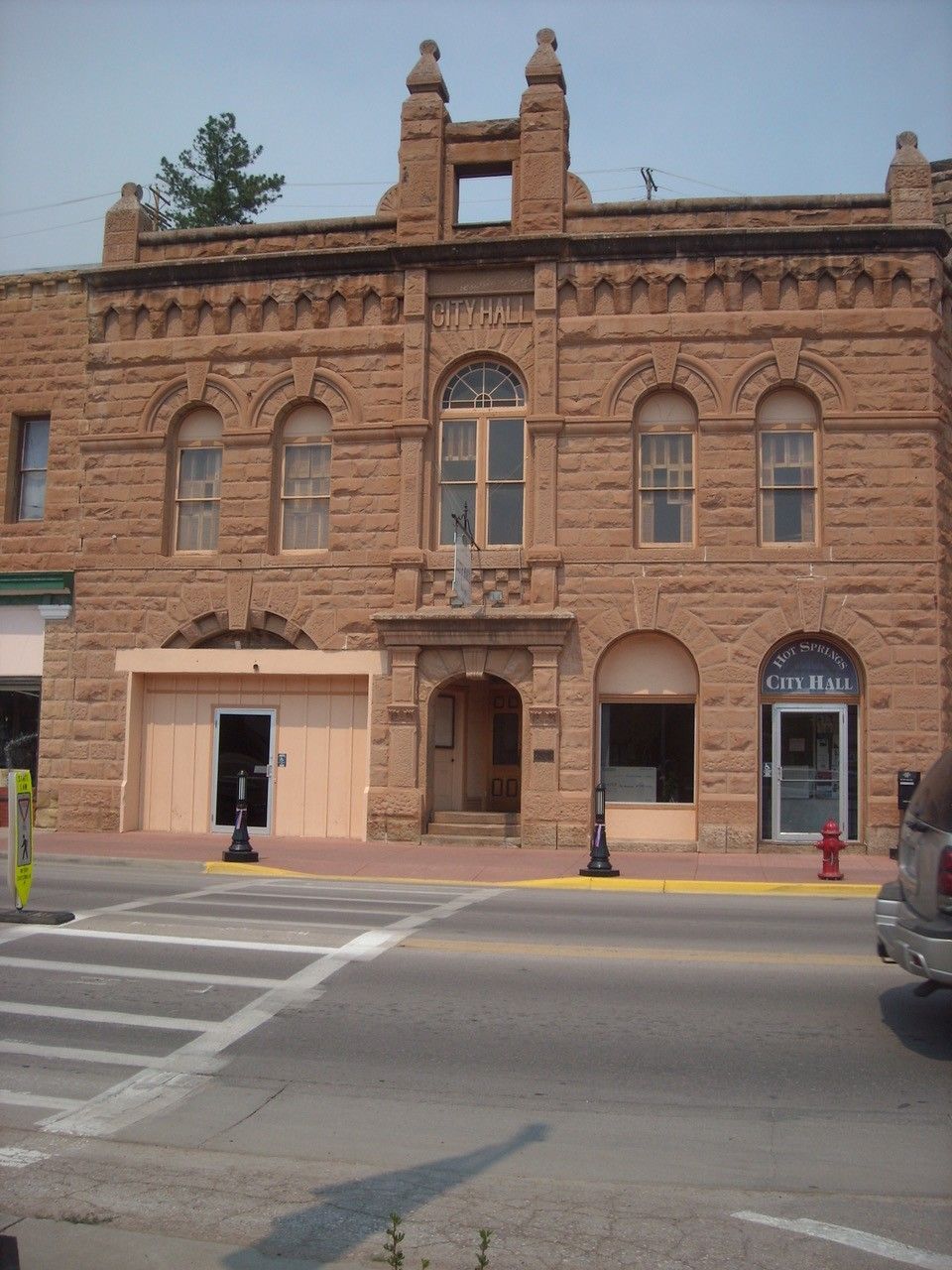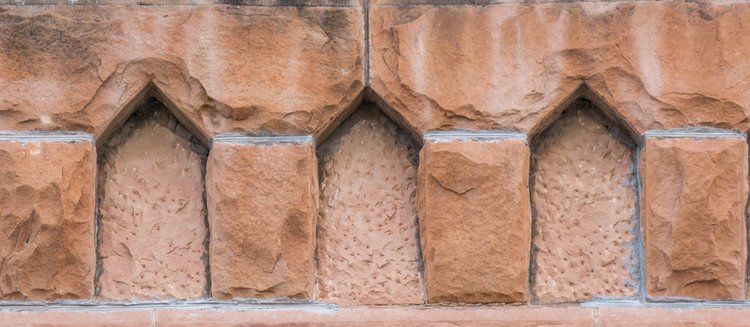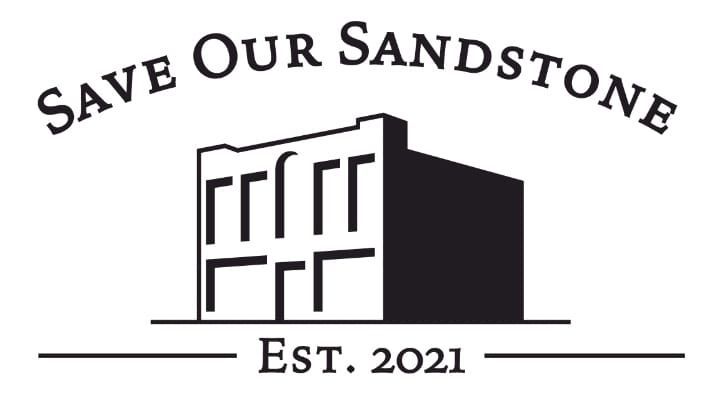City Hall of Hot Springs SD
🧱 City Hall of Hot Springs, SD
Address: 303 North River Street, Hot Springs, SD 57747
Built:
1893
First Occupant:
Post Office, Fire Department, Police Department, and City Jail on first floor; City Hall and Court Room on second floor; also housed a Library Room and Opera House
Current Occupant (2025):
City Hall
Sandstone Quarry:
Burke Quarry — located on the southeast flank of Battle Mountain, yielding buff and white building stone; a bridge had to be built across the river to haul stone from the railway cars to the building site
Architect:
Jacob Wright
Contractor:
A.D. McKay
Architectural Style:
Romanesque-influenced sandstone civic architecture
📜 Historical Overview
City Hall, built in 1893 by A.D. McKay for $9,374, is among the most elaborate sandstone structures in downtown Hot Springs. Influenced by the Romanesque style, the façade features all-around arched openings with large keystones, hood molding on the second-floor windows, and perforated stonework at multiple levels — including the stringcourse dividing the two stories. A series of pilasters rise up the central bay to the roofline, capped by an entablature over the entrance with checkerboard (“diaper”) stonework above. The cornice bears a band of pointed arches and dentil detail, topped by a parapet wall and decorative roof cresting with pyramidal terminations.
The massive “City Hall” stone was placed above the central arched second-story window on June 15, 1893. Construction began in March 1893 after lengthy debate on location, eventually selecting a site midway between the north and south parts of the city. An addition for the fire engine was built on the side. Financial setbacks, including the crash of the First National Bank, delayed the project, but the city accepted the completed hall on December 1, 1893.
🏛 Timeline of Uses
- Feb. 1892 — Plans for City Hall begin; fire engine addition approved
- Mar. 1893 — Construction begins under contractor A.D. McKay
- Dec. 1, 1893 — Building accepted by City Council
- Sept. 1894 — Electricity installed
- June 1895 — Fireproof vault installed
- 1898–1899 — Library room added upstairs; Opera House opens on second floor (July 1899)
- Dec. 1900 — R.M. Connor & Co. Grocery store opens in west first-floor room
- Jan. 1904 — First fire bell installed; deemed too quiet, thrown into river, later recovered
- Jan. 1905 — Stewart’s Real Estate occupies space above Post Office
- Sept. 8, 1905 — Magowan store fire shatters City Hall’s front windows
- Apr. 30, 1909 — Public Library moves from Harlou Block to council rooms in City Hall
- Feb. 17, 1910 — Fire on second floor damages library and post office below
- Apr. 1910 — Post Office relocates out of building
- June 1910 — Library moves downstairs to former Post Office area
- 1916 — County agent offices on second floor
- June 12, 1919 — Public restroom opens in council building
- Jan. 1924 — High School Commercial Department and Superintendent’s office located on second floor
- June 1925 — Public restrooms open for tourist season with Mrs. W.E. Fonker as matron
- 1973 — Council Chambers move downstairs to old fire garage; women’s cellblock also located in fire hall before new jail built
- Mar. 1973 — Cultural Art Center Gallery opens on second floor
- Nov. 1987 — Fire bell removed from roof and installed as memorial in front of new fire hall
- June 1991 — Second floor closed due to structural and wiring issues
📍 Later Uses & Current Status
City Hall continues to serve as Hot Springs’ central municipal building. While some original functions moved elsewhere over time, its architectural and civic significance remain intact, standing as a testament to 19th-century craftsmanship and multipurpose civic design.
QR Code Info:
Hot Springs City Hall, built of Burke Quarry sandstone, brought together the post office, fire and police departments, city jail, library, opera house, shops, and council chambers under one roof. Its Romanesque arches, heavy keystones, and ornate stonework made it one of the city’s most elaborate civic landmarks, a lasting symbol of community pride.
